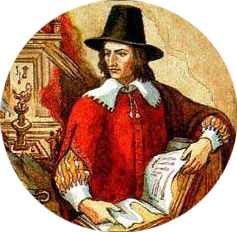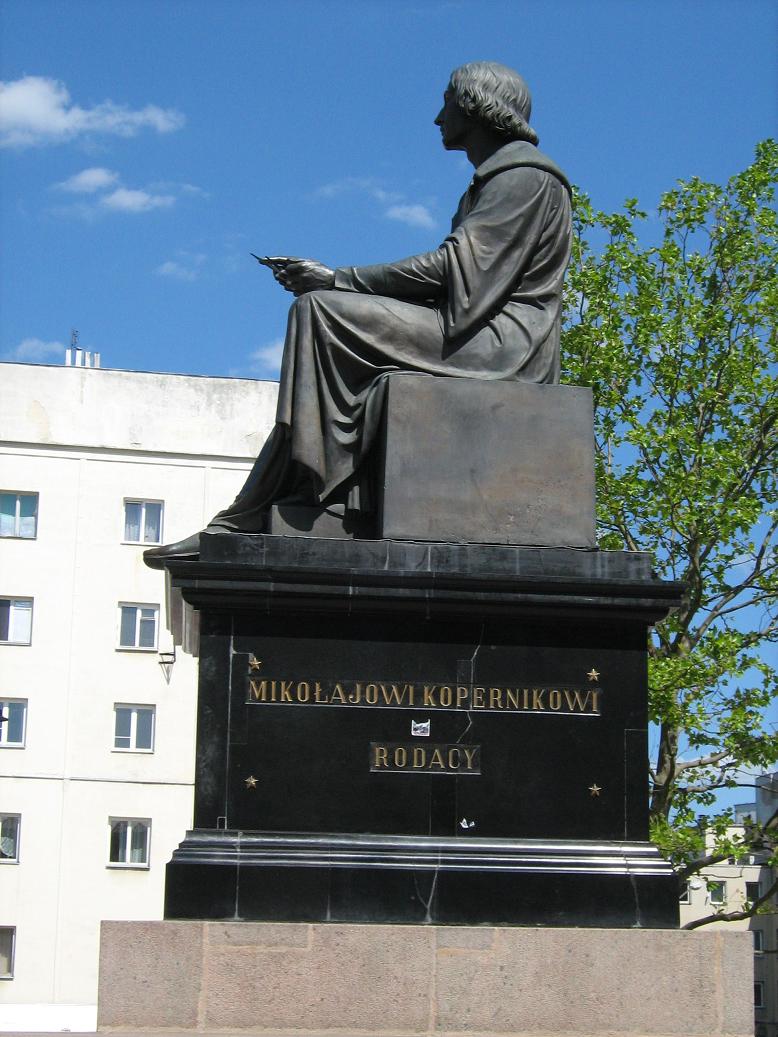Post by Bonobo on Jan 6, 2017 18:00:03 GMT 1
en.wikipedia.org/wiki/Kazimierz_Siemienowicz

Claimed by Poland, Belarus and Lithuania
Kazimierz Siemienowicz (Latin: Casimirus Siemienowicz, Lithuanian: Kazimieras Simonavičius, Polish: Kazimierz Siemienowicz, born c. 1600 – c. 1651), was a Polish–Lithuanian general of artillery, gunsmith, military engineer, and pioneer of rocketry. Born in the Grand Duchy of Lithuania, he served the armies of the Polish–Lithuanian Commonwealth and of Frederick Henry, Prince of Orange, a ruler of the Netherlands. No portrait or detailed biography of him has survived and much of his life is a subject of dispute.
After contributing his expertise to several battles, Siemienowicz published Artis Magnae Artilleriae in 1650. This treatise, which discussed rocketry and pyrotechnics, remained a standard work in those fields for two centuries.
Lithuanian scientific school
The Lithuanian scientific school asserts that he was born near Raseiniai in Samogitia.[1][2] The family, which was relatively poor, bore the Ostoja Coat of Arms[3] with military service traditions in the Grand Duchy. In a book dedication, he refers to himself as an "Eques Lithuanus" (Lithuanian nobleman).[1][4][5] Siemenowicz was educated in the Academy of Vilnius.
Polish scientific school
The Polish school, instead of defining his ethnicity, describes his identity simply as member of the szlachta (i.e. the nobility within the Commonwealth) from Grand Duchy.[6][7] Through some sources do use the term "Polish",[8][9][10] others describe him as "Lithuanian".[11] Those terms should be understood in proper context: "Polish" means "of the Polish-Lithuanian Commonwealth"; "Lithuanian" - from the Grand Duchy of Lithuania, a federal part of the Commonwealth. Polish historian Tadeusz Nowak described Siemienowicz as a Polonized Lithuanian nobleman.[3] Polish historians for the most part accept that he used the Ostoja Coat of Arms and that he was an alumnus of the Academy of Vilnius.
Belarusian scientific school
The Belarusian scientific school[12] asserts that he was born in the vicinity of Dubrowna in the Vitsyebsk land, to a family of minor Ruthenian princes (knyaz) of Siemienowicz,[13] who possessed the small tracts of land in that part of the Belarusian Dnieper-land (Падняпроўе) in the 14th—17th centuries. Some examples of lexicography used by K. Siemienowicz himself support this interpretation.[14]
It is pointed out that there are no records of families with surname Siemienowicz having the right to bear the Ostoja coat of arms, and that it is possible that Siemienowicz acquired the right to use the image of Ostoja in his book to facilitate its circulation. He himself, however, was quite vague in his autobiographical notes as to his position in the hierarchy of nobility, possibly because of that.[15] Also, the Belarusian scientific school of the 20th century tends to interpret the "Litvin/Lithuanian" denomination of the Medieval/Renaissance period as a politonym rather than ethnonym, and so it is pointed out that when Siemienowicz writes about himself as "Litvin or Lithuanian", he means just a citizen of Great Duchy of Lithuania, not ethnicity.[16] The identity of Siemienowicz and the magister of philosophy and liberal arts of same surname recorded in the acts of Vilnius academia of 1650 is disputed.[17]

Claimed by Poland, Belarus and Lithuania
Kazimierz Siemienowicz (Latin: Casimirus Siemienowicz, Lithuanian: Kazimieras Simonavičius, Polish: Kazimierz Siemienowicz, born c. 1600 – c. 1651), was a Polish–Lithuanian general of artillery, gunsmith, military engineer, and pioneer of rocketry. Born in the Grand Duchy of Lithuania, he served the armies of the Polish–Lithuanian Commonwealth and of Frederick Henry, Prince of Orange, a ruler of the Netherlands. No portrait or detailed biography of him has survived and much of his life is a subject of dispute.
After contributing his expertise to several battles, Siemienowicz published Artis Magnae Artilleriae in 1650. This treatise, which discussed rocketry and pyrotechnics, remained a standard work in those fields for two centuries.
Lithuanian scientific school
The Lithuanian scientific school asserts that he was born near Raseiniai in Samogitia.[1][2] The family, which was relatively poor, bore the Ostoja Coat of Arms[3] with military service traditions in the Grand Duchy. In a book dedication, he refers to himself as an "Eques Lithuanus" (Lithuanian nobleman).[1][4][5] Siemenowicz was educated in the Academy of Vilnius.
Polish scientific school
The Polish school, instead of defining his ethnicity, describes his identity simply as member of the szlachta (i.e. the nobility within the Commonwealth) from Grand Duchy.[6][7] Through some sources do use the term "Polish",[8][9][10] others describe him as "Lithuanian".[11] Those terms should be understood in proper context: "Polish" means "of the Polish-Lithuanian Commonwealth"; "Lithuanian" - from the Grand Duchy of Lithuania, a federal part of the Commonwealth. Polish historian Tadeusz Nowak described Siemienowicz as a Polonized Lithuanian nobleman.[3] Polish historians for the most part accept that he used the Ostoja Coat of Arms and that he was an alumnus of the Academy of Vilnius.
Belarusian scientific school
The Belarusian scientific school[12] asserts that he was born in the vicinity of Dubrowna in the Vitsyebsk land, to a family of minor Ruthenian princes (knyaz) of Siemienowicz,[13] who possessed the small tracts of land in that part of the Belarusian Dnieper-land (Падняпроўе) in the 14th—17th centuries. Some examples of lexicography used by K. Siemienowicz himself support this interpretation.[14]
It is pointed out that there are no records of families with surname Siemienowicz having the right to bear the Ostoja coat of arms, and that it is possible that Siemienowicz acquired the right to use the image of Ostoja in his book to facilitate its circulation. He himself, however, was quite vague in his autobiographical notes as to his position in the hierarchy of nobility, possibly because of that.[15] Also, the Belarusian scientific school of the 20th century tends to interpret the "Litvin/Lithuanian" denomination of the Medieval/Renaissance period as a politonym rather than ethnonym, and so it is pointed out that when Siemienowicz writes about himself as "Litvin or Lithuanian", he means just a citizen of Great Duchy of Lithuania, not ethnicity.[16] The identity of Siemienowicz and the magister of philosophy and liberal arts of same surname recorded in the acts of Vilnius academia of 1650 is disputed.[17]









